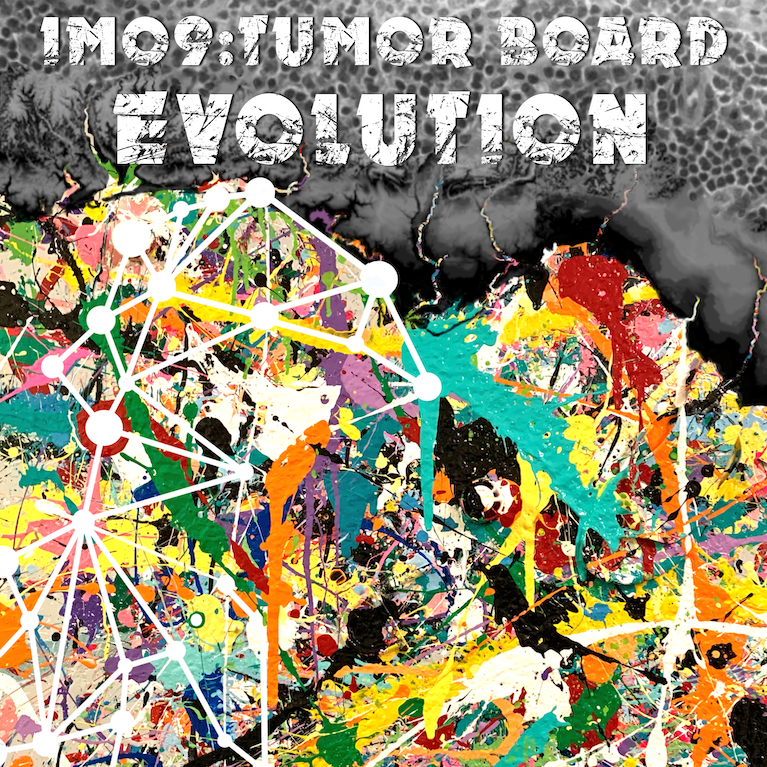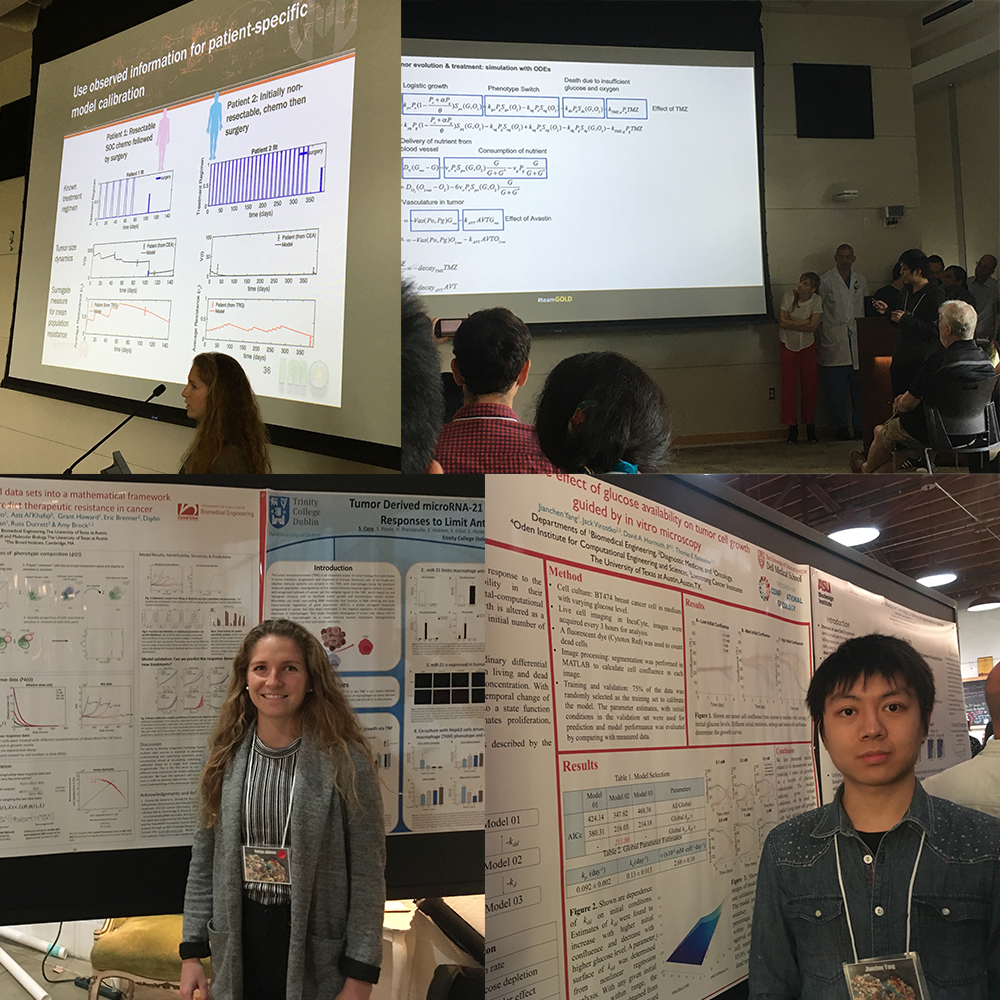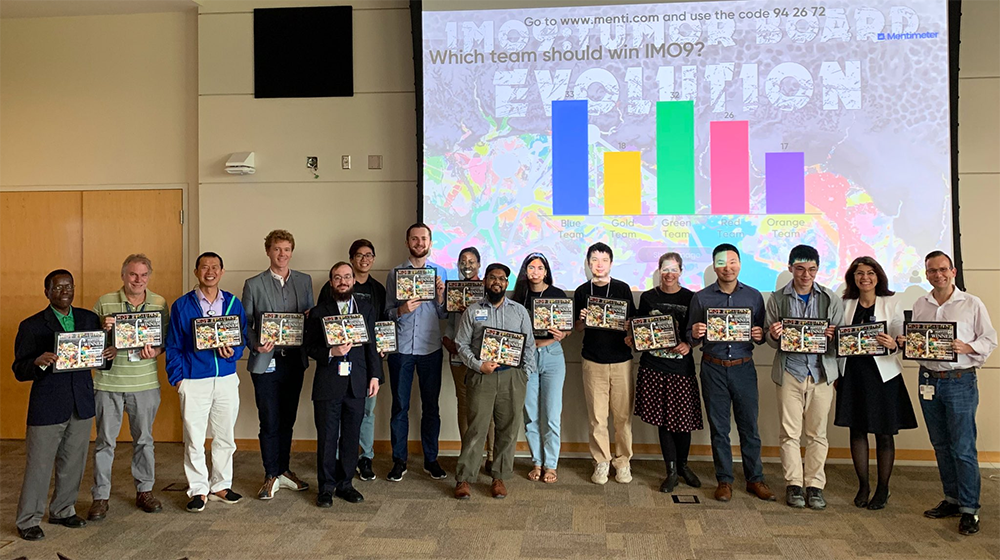
CCO graduate students Kaitlyn Johnson, Junyan Liu, and Jianchen Yang recently participated in the 9th annual Integrated Mathematical Oncology (IMO) at the Moffitt Cancer Center. The focus for this year was the development of the next generation of tumor boards.
Kaitlyn Johnson's team

My team worked with two clinicians who were surgical oncologists who perform surgery of liver metastases in patients with colorectal cancer. On Monday, they spent the day explaining to us the types of cases that might be presented at their "tumor boards"- basically a meeting between the different oncologists working together to coordinate a patients care. They explained the many different factors they have to consider when trying to make treatment decisions- such as patient mutations, number of metastasis and resectability of those metastases, a patient's age, the score of the patients resected tumor, liver metastasis morphology, and CEA levels over time. Our goal for the week was to try and utilize eco-evolutionary approaches, given this available patient information, to help guide their treatment decisions. We decided to make use of the "score" of the patients tumor following neo-adjuvant chemo and surgery as a marker for resistance, and develop a PDE to describe the population density over the resistance space, as a way of simulating new treatments. We fit the model to patient data using a simplified ODE version of the PDE, and we used the patient specific parameters to simulate variations on the chemo SOC and made recommendations to the doctors on how to treat two case-study patients.
Jianchen Yang's team
The goal of my team was to propose a mathematical model that can describe and predict the proliferation / invasion behavior of GBM cells and their response to DNA-damaging or anti-VEGF therapy and use it to decide the best 2nd line of treatment for recurrence. Our team proposed a colonization-competition tradeoff model driven by oxygen level and metabolic behavior and we implemented an ODE model using Matlab, a 2D and a 3D agent based model using Hybrid Automata Library. H&E images, whole genome sequencing and RNA-Seq data were used for model parameterization.

Junyan Liu's team

The team blue analyed 30 patients with glioblastoma progress disease . We analyzed the patients using a machine learning approach clustering patients into two groups, a simple non-mechanistic approach and a mechanism-based two-compartment model linking tumor cell to anti PD-1 immunotherapy, where we eventually developed an alternative treatment plan that has the potential to benefit the patients more than current scheduled plan. I helped with the mechanism-based model with data processing and curve fitting.



